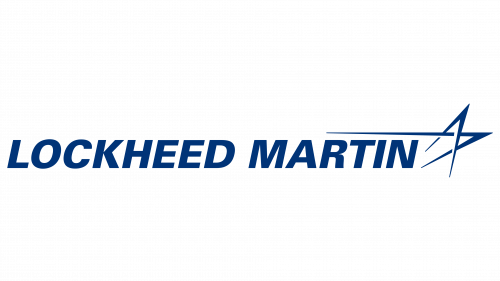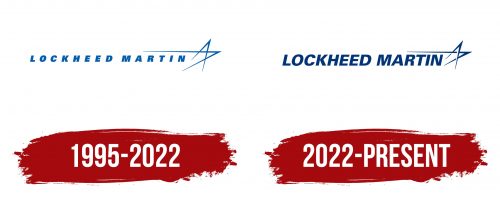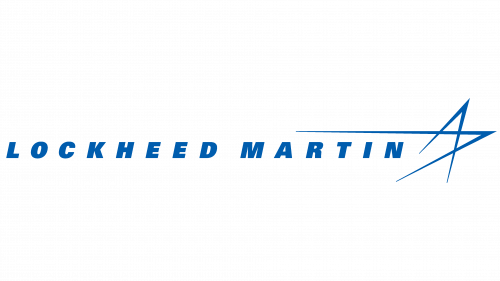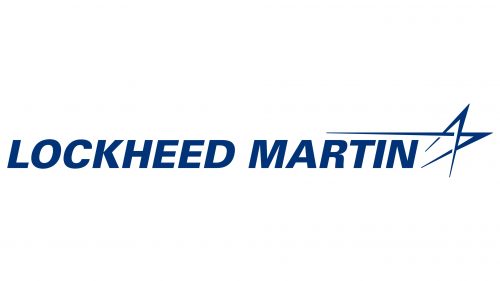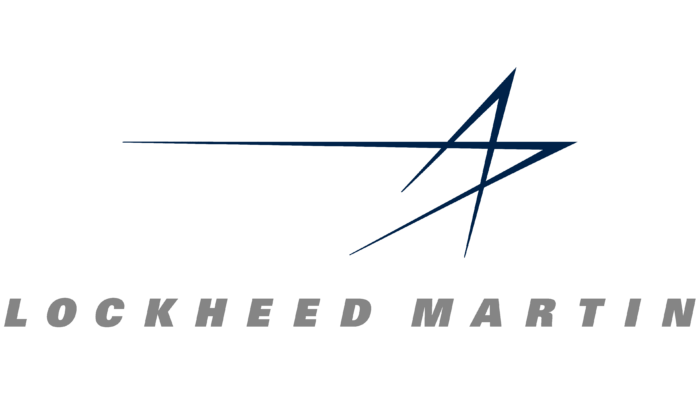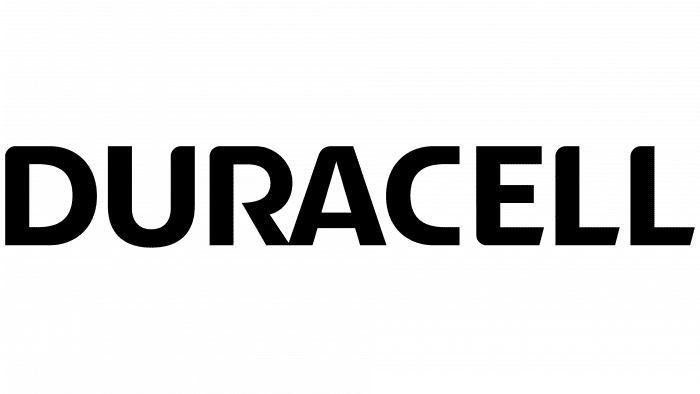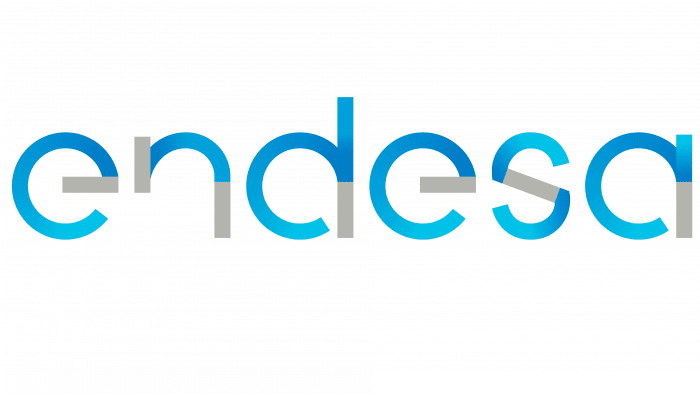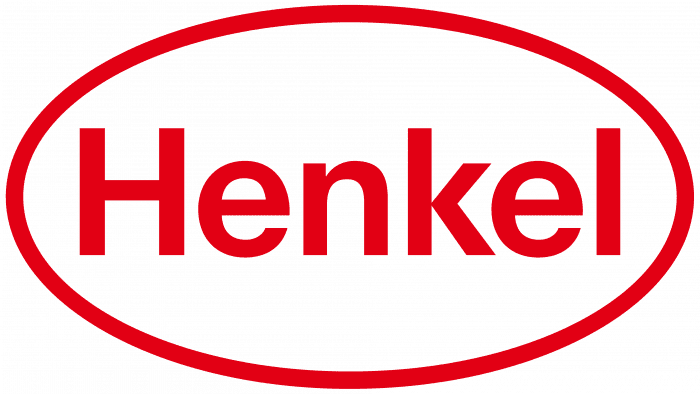The pursuit of the stars for the good and protection of their country can be seen in the Lockheed Martin logo. Paving the way to heaven is not easy. The emblem shows the touch of new beginnings and innovations that help the company maintain its leading position in this market.
Lockheed Martin: Brand overview
Lockheed Martin is a U.S. company operating in four key segments: defense, aerospace, innovative technology, and information security. It appeared in 1995 through the merger of two specialized organizations – Martin Marietta and Lockheed Corporation. Over the years, the firm has evolved into a major entity with nearly 110,000 employees (as of 2020). It has now become the largest defense contractor. The company also invests in health care, nuclear fusion, smart energy distribution technology, and renewable energy systems. It is headquartered in North Bethesda, Maryland (Washington County).
Lockheed Martin’s story starts in 1912 with the Lockheed brothers, Allan and Malcolm, launching a company focused on seaplanes. That same year, Glenn L. Martin started his own company, which would later contribute significantly to aviation, including creating the Martin B-26 Marauder bomber in World War II.
During the war, Lockheed grew by making famous planes like the P-38 Lightning and the Constellation. After the war, it expanded into missiles and space tech. In 1961, Glenn L. Martin’s company merged with American-Marietta Corporation, forming Martin Marietta Corporation, a leader in making rockets, satellites, and more.
The 1990s brought challenges due to cuts in defense spending. Lockheed and Martin Marietta merged in 1995, creating the world’s largest aerospace and defense company. The merger of the two strategically important firms began in the spring of 1994 when talks about the impending event began. At the end of the summer of the same year, the final agreed plans were already announced. They indicated that the head office of the new organization would be located in the former headquarters of Martin Marietta – in the state of Maryland. The merger cost $10 billion. The end of the deal was officially recorded in 1995 when shareholders of the two structures had fully approved all the conditions. They even bought Loral Corporation in 1996.
After the merger, not only did Lockheed Martin appear, but several subsidiaries also received autonomy. Both organizations have brought in joint business products of national importance. These include missiles, transition orbit stages, satellites, patrol and reconnaissance aircraft, and more. This portfolio has allowed the company to become a major U.S. defense contractor. In 2008 alone, it received $36 billion of contracts from the authorities, much more than any other firm in history.
Lockheed Martin won big defense contracts in the late 1990s and 2000s, including the F-35 Lightning II program, the costliest weapons program in history. The company also became key in space exploration, partnering with NASA on the Orion spacecraft and Mars missions and launching satellites.
Recently, Lockheed Martin has invested in new technologies like autonomous systems, hypersonic weapons, and cybersecurity, expanding its global presence. Today, it’s a defense powerhouse with over $65 billion in revenue in 2020 and about 114,000 employees worldwide. Despite debates over its military involvement, Lockheed Martin’s role as an innovator and leader in aviation, space exploration, and defense tech is clear.
Meaning and History
As of 2020, Lockheed Martin is under the ownership of various institutional investors, including the Capital Group Companies, BlackRock, Vanguard Group, State Street Corporation, and several others. These entities are the shareholders, and Lockheed Martin serves nearly twenty governmental agencies. Despite the array of stakeholders, the corporation has maintained a cohesive visual identity across its branding. This consistency in design ensures that Lockheed Martin’s emblem remains a distinctive and recognized symbol, encapsulating the company’s ethos and the breadth of its operations in the defense and aerospace sectors. The emblem serves as a visual representation of Lockheed Martin’s integral role as a production entity and its standing in the industry.
1995 – 2022
The newly formed company’s visual identity was well thought out and adopted in the same year the two strategically important firms were merged. The identity reflects the line of business and connects all four basic areas: defense, Aerospace, Innovation, and Information Security.
Each listed industry is conveyed in one of four lines, forming an unfinished star. The strokes are connected in pairs and form sharp angles pointing upward (symbolizing anything related to space) and to the right (a hint of ground-based aircraft). The open triangles resemble a rocket launching and part of its construction, a rushing airplane, and its nose or wing.
The organization’s full name is on the left side, “Lockheed Martin.” It is written in upper-case bold type with a barely noticeable slant to the right as if a powerful air current from a jet star was pulling the words. The letters are chopped, smooth, and flat. They are loosely spaced, so they stand far apart from each other. The characters have no roundings because they have a mostly angular shape. The exceptions are the “D” and the “R,” with sloping rounded strokes. The last word in the name is outlined with even stripes that form the star’s ribs. One line is drawn at the top, the other diagonally on the side.
2022 – today
The 2022 Lockheed Martin logo is a modern reinterpretation of the classic image while retaining the previous design’s recognizable features. It is a verbal designation of the company’s name, executed in a denser and more compact composition than its predecessor. The changes in the font contribute to improved perception and readability: the letters have been brought closer together, and their size has increased, making the name more expressive and significant.
The deep blue color of the logo was chosen deliberately: it is traditionally associated with professionalism, stability, and reliability—qualities that are consistently valued in the aerospace industry and Lockheed Martin’s operations. This is the color of the ocean depths and the boundless cosmos, symbolizing infinite possibilities and the company’s commitment to exploration.
The star-streak following the word “Martin” embodies dynamism and innovation. This element emphasizes the company’s forward-looking approach, development of cutting-edge technologies, and exploration of space. The star that extends into infinity hints at the company’s aspiration to reach the stars and its role in the defense and aerospace sectors.
With its long and rich history, Lockheed Martin demonstrates its commitment to preserving tradition with this logo while highlighting its readiness for continual development and innovation. The logo reflects the brand’s evolution in a changing world and its ability to adapt and remain at the forefront of technological progress and engineering achievements.
Font and Colors
In the latest logo design, the choice of typeface remains anchored to the powerful and trust-evoking Univers ExtraBold Oblique. This font, developed by Adrian Frutiger in 1954, carries a legacy of the Akzidenz-Grotesk from 1898, mirroring its gravitas and functional clarity. While the font’s enduring presence in the new logo design signifies continuity, subtle alterations have been made. These changes involve scaling the font size and tightening the spacing between the characters, lending the logo a refreshed and modern compactness while preserving its authoritative essence.
In the updated design of the company’s emblem, a bolder and more robust hue of blue has been adopted, leaning towards a deep navy. This choice intensifies the visual impact of the logo, reinforcing the association with the vastness of the sky and space that the company is so deeply involved with. The original emblem featured a lighter shade of blue, often coupled with a stark white background to evoke the ethereal qualities of the aerospace industry. The occasional use of gray for the company name provided a subdued alternative. The new darker blue amplifies the emblem’s authority and presence, reflecting Lockheed Martin’s enduring legacy and pioneering spirit in the technological forefront.
FAQ
Is Lockheed Martin a brand?
Lockheed Martin is a well-known aerospace and defense brand. It’s known for innovation, high-tech solutions, and contributing to national security. This company is behind big projects like the Space Shuttle and the F-35 fighter jet. Its strong reputation comes from a history of reliable and advanced work.
The brand matters a lot to Lockheed Martin. It builds trust with important customers like government agencies and helps the company stand out. This trust comes from consistently delivering on tough projects and pushing the envelope in technology.
Lockheed Martin’s brand helps it attract skilled workers and make smart business moves. It’s not just about making things; it’s a brand known for pushing forward technology and quality in areas vital to security and progress.
Is Lockheed Martin well known?
Lockheed Martin is a global leader in defense, aerospace, and technology. It is known for its groundbreaking work in these areas and for leading many important and complex projects.
The company has worked closely with the U.S. Department of Energy and NASA, putting it at the heart of many key space missions and projects. For example, it has helped build spacecraft and satellites essential for exploring space and studying Earth.
Lockheed Martin was formed in 1995 when Lockheed Corporation and Martin Marietta Corporation merged. Both were already big names in defense, and their union made Lockheed Martin a major player in aeronautics, space, information security, and cutting-edge technologies.
Lockheed Martin is often in the news and is linked to defense, technology, and international security discussions. This attention helps make it well-known.
The company’s work goes beyond military stuff. It’s also about pushing science and technology forward, like developing stealth technology and exploring Mars. These efforts affect national defense and our understanding of the universe.
What types of products does Lockheed Martin make?
Lockheed Martin is a big name in defense, aerospace, and technology. It started in 1995 when Lockheed Corporation and Martin Marietta Corporation, two big defense contractors, merged. This company is known for its work with government agencies like the U.S. Department of Energy and NASA, making it well-known not just in its industry but also to the general public.
Lockheed Martin makes many land, sea, air, and space products. Here’s a quick look at some of their main products:
- Sikorsky BLACK HAWK® Helicopters: The military uses these helicopters for various missions, and civilian uses include firefighting and search and rescue.
- C-130J Super Hercules: An updated version of the C-130 Hercules, mainly used for military transport. It’s known for being able to take off and land in rough conditions.
- F-16 Fighting Falcon: This is a highly versatile and widely used fighter jet known for its speed and agility.
- F-35 Lightning II: A state-of-the-art stealth fighter designed for multiple combat roles, including air superiority and strike missions.
- HIMARS: A mobile rocket launcher system mounted on an Army truck frame.
- JASSM: A long-range missile designed to hit high-value targets from far away, avoiding enemy air defenses.
- Javelin Weapon System: A portable anti-tank missile that can be fired and forgotten, effective against various targets.
Lockheed Martin is at the forefront of military and aerospace technology, making equipment essential for modern military forces worldwide. Their products, known for their sophistication and innovation, help maintain their status as a leading company in the defense industry.
Is Lockheed Martin still around?
Lockheed Martin is still a key player in the aerospace, defense, and security industries. The company has a broad impact with more than 345 locations and a supply chain reaching every U.S. state and beyond to 52 countries. Based in Bethesda, Maryland, Lockheed Martin leads with a range of products and services.
The company keeps growing and adapting, showing its products and technologies are still very much needed. Lockheed Martin makes some of the most sophisticated tech used by the military and civilians, important for keeping countries safe, exploring space, and connecting the world.
Lockheed Martin’s impact comes from more than just its global operations. It’s known for leading innovations that have often become the standard in aerospace and defense. The company’s work is crucial for many, including the U.S. government and international clients, making it a foundational part of its sector.
Lockheed Martin’s success is also due to its ability to handle the challenges of changing politics, new technologies, and the world economy. Its focus on research, skilled team, and strong partnerships ensure that Lockheed Martin stays ahead in its field for the foreseeable future.
